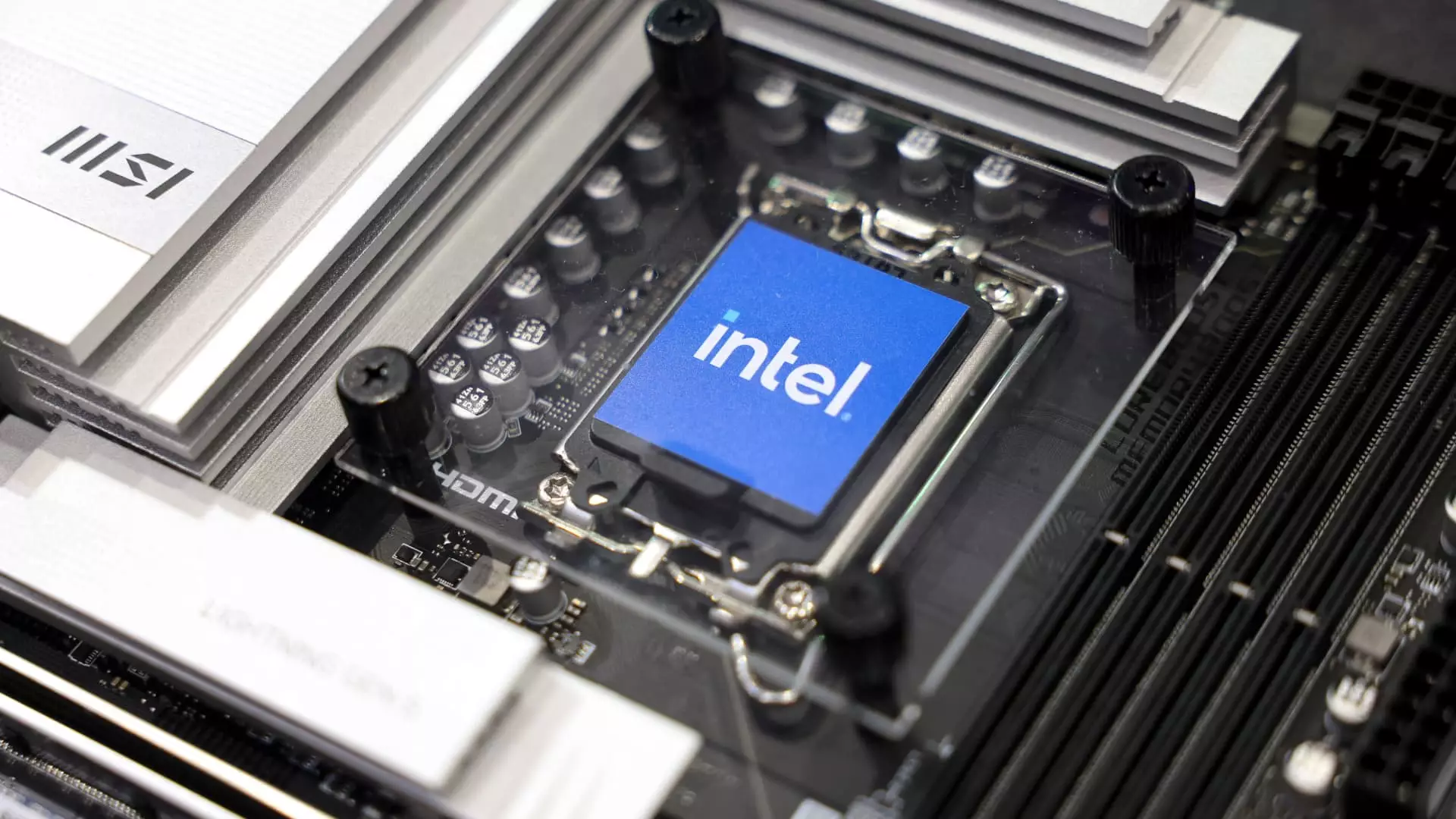The stock market is a dynamic arena where companies can witness substantial fluctuations in their share prices based on earnings reports, legal rulings, and industry trends. Recent midday trading has illustrated this volatility, offering valuable insights for investors and market watchers alike. Below, we dissect key movements among various companies, analyzing the potential reasons behind these changes and their implications for the future.
In a striking development, shares of Tapestry soared more than 14% following a favorable court ruling against the Federal Trade Commission’s attempt to block its acquisition of Capri. This ruling not only boosts Tapestry’s market position but also highlights the challenges and uncertainties surrounding corporate consolidations in the luxury goods sector. Conversely, Capri’s stock tumbled by an alarming 47%, reflecting investors’ concerns over its future prospects and dependence on Tapestry’s strategic plan. The disparity in stock reactions underscores how legal outcomes can dramatically reshape market perceptions of value, raising questions about Capri’s competitive viability if the deal doesn’t progress.
L3Harris Technologies bucked the trend, witnessing a 3.5% increase in share price after reporting robust earnings that surpassed market expectations. The defense contractor not only beat estimates on both the top and bottom lines but also nudged its earnings forecast upward. With an adjusted earnings range set between $12.95 and $13.15 per share, L3Harris has positioned itself favorably within a sector increasingly driven by geopolitical tensions and defense spending. This performance demonstrates not just resilience, but strategic positioning in a climate that favors defense sector growth amidst international uncertainties.
Despite outperforming revenue and earnings expectations, Colgate-Palmolive’s shares fell over 3%. This paradox raises concerns about market sentiment that may not align with business performance fundamentals. The consumer goods sector has faced increasing pressures from inflation and shifting consumer preferences, which may explain the negative market reaction even amidst solid fiscal results. Investors may be cautious about future performances, considering macroeconomic challenges that could erode profit margins.
Western Digital’s shares climbed 7% after it reported an earnings beat; however, revenue fell short of expectations, which illustrates the mixed signals often present in tech stocks. The variance points to a critical factor in tech investing: investors often prioritize earnings over revenue as a sign of immediate operational efficiency. The company’s ability to maintain profitability in an environment of fluctuating demand for data storage solutions may fortify its position, but concerns about future revenue growth persist among analysts.
Digital Realty Trust posted an impressive 11% jump in share price after revealing record lease bookings. This performance is significant not only for the company but also for the broader REIT sector that has been navigating a complex landscape of rising interest rates and shifting market demands. By updating its earnings guidance to a range of $6.65 to $6.75 per share, Digital Realty demonstrates its strategic acumen in adapting to market dynamics and could serve as a bellwether for investor confidence in the real estate sector going forward.
Coursera’s shares experienced an 8% decline despite beating earnings expectations for the third quarter. The company has cited weak demand and retention challenges, which indicates broader trends in online education amid a recoverable economy. On a similar note, HCA Healthcare saw its shares drop over 9%, reflecting worries about profitability as its revenue forecasts fell slightly short of expectations. Both cases exemplify how even robust earnings can generate stock underperformance if investors have reservations about growth trajectories in changing economic climates.
Finally, Booz Allen Hamilton surged nearly 10% following an optimistic adjustment to its earnings growth forecast. The defense contractor’s strong second-quarter performance underscores the increasing demand for its services amid rising global challenges. By delivering earnings of $1.81 per share on $3.15 billion in revenue—both metrics surpassing analyst expectations—the company signals confidence in both current and future operations.
In a rapidly shifting market landscape, today’s midday movements reflect critical intersections of legal outcomes, corporate earnings, and market sentiments. Investors must remain vigilant, analyzing these variations not just for their immediate implications but also for broader economic indicators that signal the health and trajectories of various sectors. Understanding these nuances can empower better investment decisions in a backdrop of uncertainty and opportunity.

